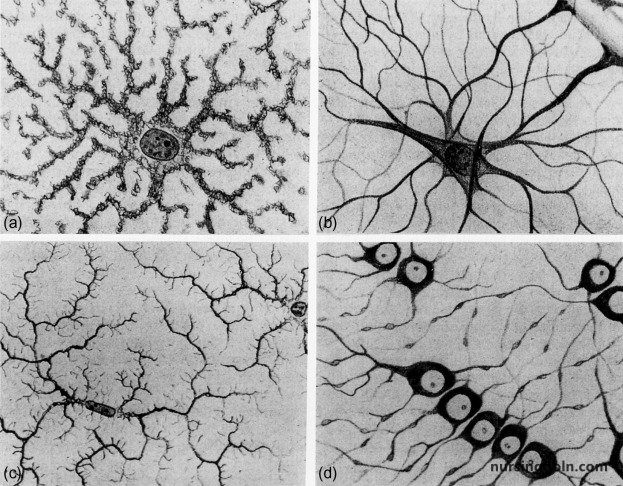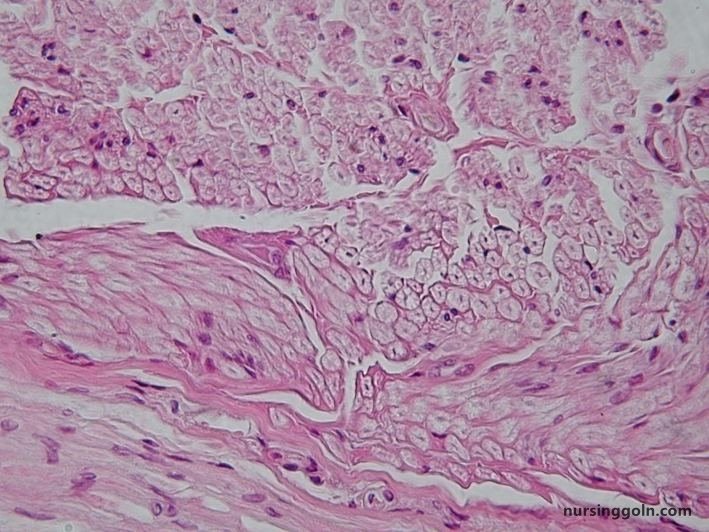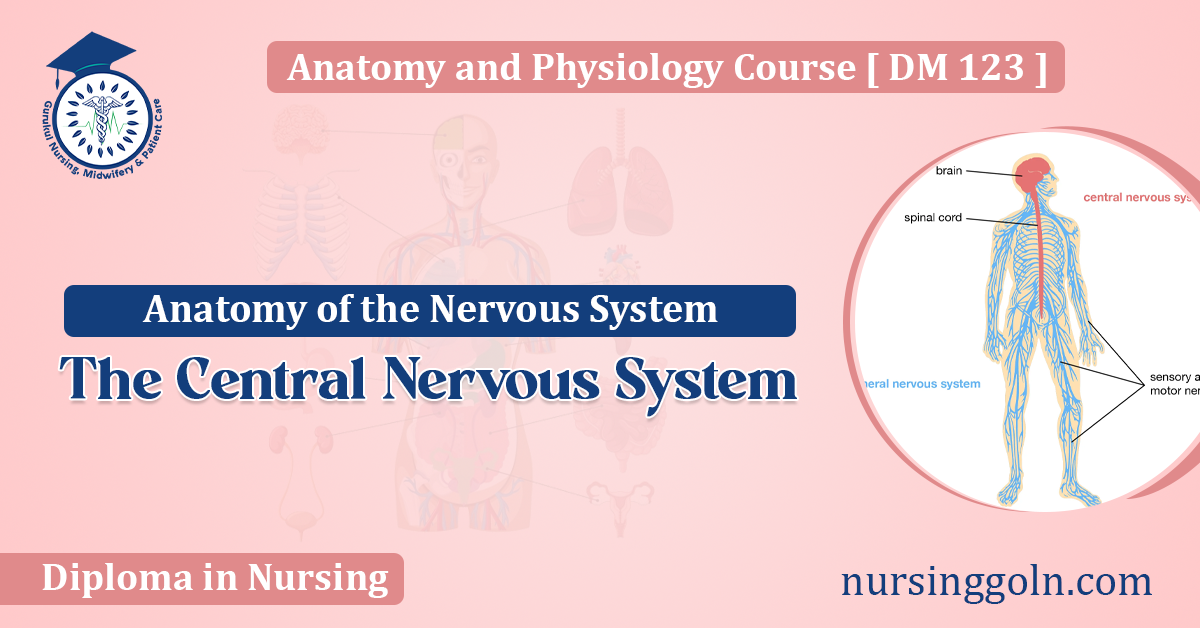Today our topic of discussion is ” The Central Nervous System “. The human body is an intricate meshwork of systems and organs, with the nervous system holding the reins, ensuring seamless communication and coordination. At the heart of this complex network lies the Central Nervous System (CNS), an assembly of the brain and spinal cord that serves as the main control center. This article will delve deep into the anatomy of the CNS, exploring its structures, functions, and connections.

The Central Nervous System: Anatomy of the Nervous System
1. The Central Pillar: An Introduction
The CNS differentiates itself from the Peripheral Nervous System (PNS), which constitutes the nerves and ganglia outside the brain and spinal cord. While the PNS acts as the communication lines, the CNS processes, integrates, and dictates the responses to the information received.
2. The Brain: The Command Center
Weighing approximately 1.4 kilograms, the brain is a soft, jelly-like organ with myriad functions. Its primary regions include:
- Cerebrum: The largest part, responsible for higher cognitive functions, sensations, voluntary muscle movements, and integrating information. It’s further divided into two hemispheres and four lobes (frontal, parietal, temporal, and occipital).
- Diencephalon: Consists of the thalamus (a relay center for sensory and motor signals) and hypothalamus (which controls emotions, autonomic functions, and hormone production).
- Brainstem: Connects the cerebrum and cerebellum to the spinal cord and plays a vital role in maintaining consciousness and regulating the sleep cycle.
- Cerebellum: Located beneath the occipital lobes, it’s pivotal for motor control and coordination.

3. The Spinal Cord: The Communication Highway
Running from the base of the brain through the vertebral canal, the spinal cord is a conduit for nerve impulses between the brain and the rest of the body. It’s also responsible for certain reflex actions independently of the brain.
4. Protective Layers of the CNS
The CNS is cocooned in multiple protective layers:
- Bone: The skull and vertebral column provide a rigid encasement.
- Meninges: Three protective membranes – dura mater, arachnoid mater, and pia mater – that cushion the CNS.
- Cerebrospinal Fluid (CSF): A clear, colorless fluid that bathes the CNS, providing further cushioning and nourishment.

5. Gray Matter and White Matter
The CNS tissue is characterized by two types:
- Gray Matter: Comprises neuron cell bodies, dendrites, and unmyelinated axons. In the brain, it forms the cerebral cortex, while in the spinal cord, it’s centrally located.
- White Matter: Contains myelinated axons that facilitate faster communication. In the brain, it’s found deeper, while in the spinal cord, it’s peripheral.
6. Functional Units: Neurons
Neurons are the functional units of the CNS, transmitting electrical impulses. They consist of a cell body, dendrites (that receive signals), and an axon (that transmits signals).
7. The Blood-Brain Barrier
Protecting the CNS from harmful substances in the bloodstream, the blood-brain barrier ensures a stable environment. Comprising tight junctions between endothelial cells, it selectively allows the passage of substances.

8. The Ventricular System
The brain houses interconnected cavities called ventricles, filled with CSF. These include two lateral ventricles, the third ventricle, and the fourth ventricle.
9. Functional Areas of the Cerebral Cortex
The cerebral cortex has specialized regions for different functions:
- Motor Areas: Control voluntary movements.
- Sensory Areas: Process sensory information.
- Association Areas: Involved in higher cognitive functions like thinking and decision-making.
10. Conclusion: The Marvel of the CNS
The Central Nervous System, with its intricate structures and pathways, stands as a testament to nature’s architectural prowess. It not only regulates countless bodily functions but also embodies the essence of our thoughts, memories, emotions, and consciousness. Understanding its anatomy is a monumental step towards deciphering the mysteries of the human experience.
Read more:
